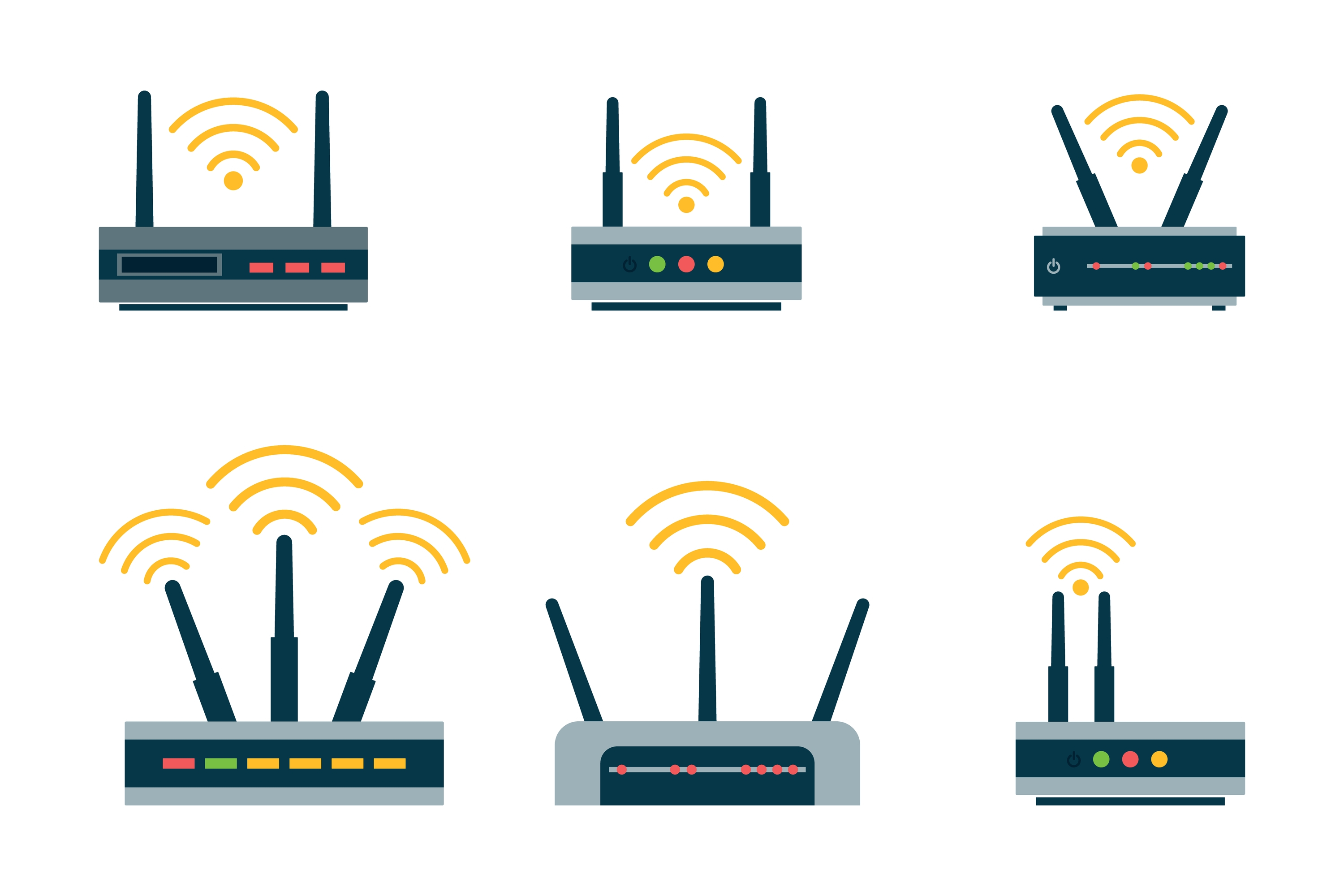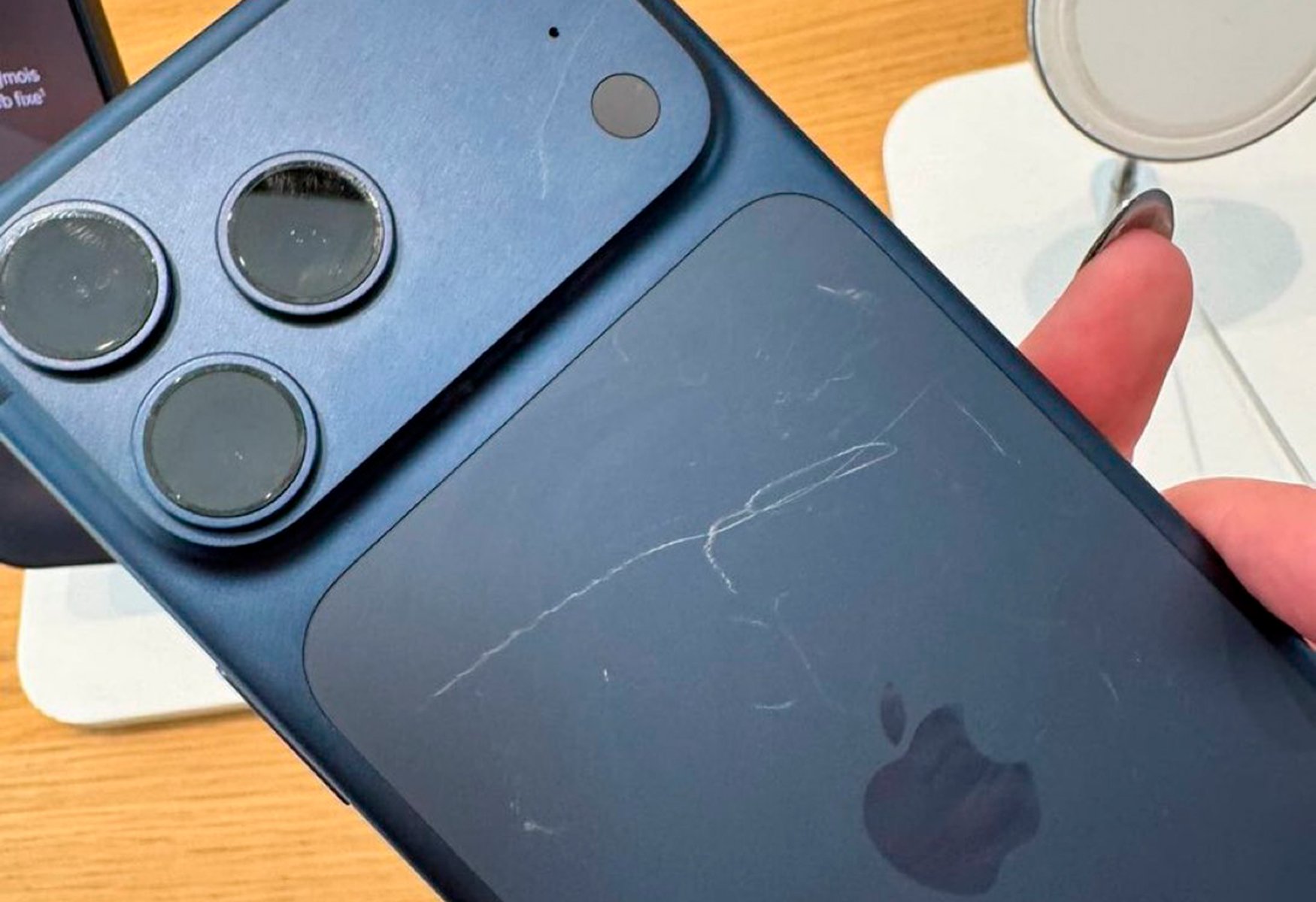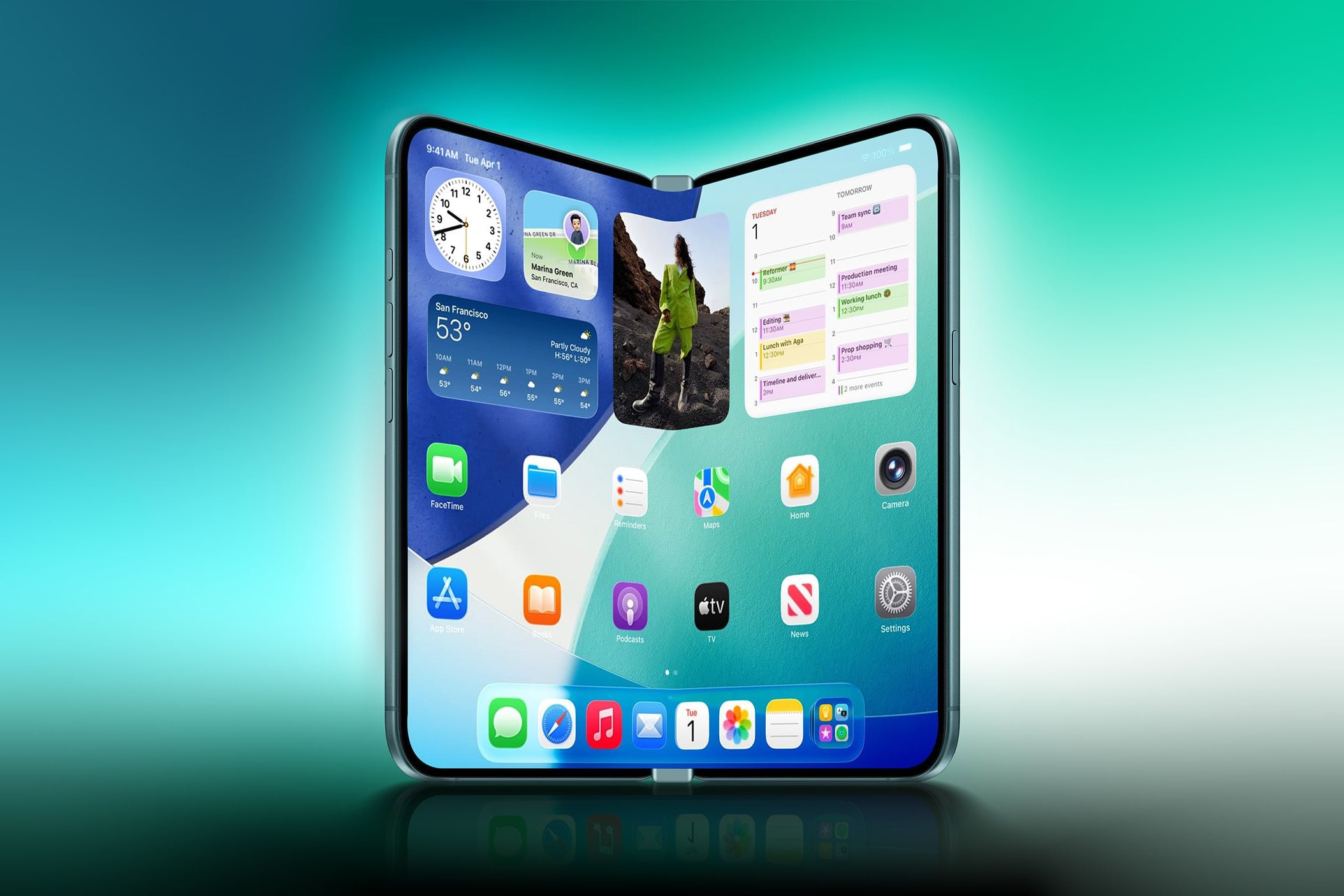Imagine the following situation: you want to watch a video at home, in your room, on your smartphone. The device is connected to the Wi-Fi network and you are not that far from the router. However, the video, which should be short and not take too long to load, does not play at all, or even starts to play, but is of very low quality and still freezes.
When such a situation occurs, the first thing that comes to mind is the contracted speed of the internet. After all, the “crime” is data service that cannot provide a fast and stable connection over the Wi-Fi network. As a result, we change plans or carriers only to find that the problem usually persists. So what to do in these situations?
The first step is to investigate other factors that could compromise your internet speed. And one of the main culprits for poor Wi-Fi network performance is usually not the contracted band, but the router that distributes the signal throughout the house. Please note the explanation below.
1. The importance of the right router
Router technology makes all the difference. It’s true that a simpler router can do the trick if you’re in a not very large environment, very close to the network device, with few devices connected, and if you’re using services that don’t require a lot of data (like email or messages). ). Even a more modest broadband package can do just fine.
But for most people, that’s not true. Generally, we need internet signal in places that are not close to a router, support several connected devices, and handle heavy services such as streaming videos and games. In this scenario, a more powerful router is needed in addition to a more robust data packet.
2. Which router to choose?

In the process of choosing a router, it is necessary to take into account some important aspects. Chip maker Qualcomm, which stands out with its connections, recommends that the network capacity created by the router be at least twice the contracted broadband speed.
In the case of equipment, this means using at least routers and smartphones with technologies like Multi-Input, Multi-Output (MIMO) 2×2 Wi-Fi 5 for broadband speeds of up to 300 Mbps. For those who don’t know, MIMO literally means multiple inputs and outputs in translation.
In practice, this technology offers two antennas to receive data and two to send signals – this represents a difference in connectivity. It’s basically about doubling the communication capacity between devices on the network.
For faster networks, a Wi-Fi 6 or 6E router that supports 4×4 or 8×8 MIMO technologies is recommended. Routers with these features can save energy by providing a more stable connection network, as well as being more powerful.
3. See where the router is installed

But is a powerful router enough to fix all internet connection issues? Unfortunately not. Therefore, it is also necessary to pay attention to the place where the device is installed, which can make all the difference in the performance of the Wi-Fi network.
The obvious part of this detail is understanding that the signal tends to get worse as you move away from the router. Therefore, the trick is to install the device in a central area of the house or office so that the frequencies reach all environments with the same intensity.
Additionally, some obstacles and objects may represent a significant deterioration in the Wi-Fi network signal. Mirrors, windows, glass or even aquarium water may be interfering with data transmission. The masonry material also needs to be evaluated: bricks cause a moderate barrier, while concrete and slabs are more difficult to overcome. Metals completely block the signal.
It is also worth noting that there are options for Wi-Fi Mesh networks on the market. These connections between multiple devices can extend the signal coverage to wider and farther places. In addition, the technology also provides greater stability as it creates a single network throughout the environment and eliminates the barrier of connecting and disconnecting multiple times.
Is your device ready?

In order to once and for all reduce all the difficulties associated with the Wi-Fi connection, it remains only to understand whether the device used to connect is the “problem”. When it comes to smartphones, it’s good to check compatibility with the latest networking technologies so you can enjoy everything the router has to offer.
Qualcomm recommends checking which Wi-Fi network it supports when purchasing a smartphone. The best option is Wi-Fi 6 and 6E technology, which corresponds to the 802.11ax standard.
Since it’s important to consider the device in the price range you’re willing to pay, Qualcomm reinforces that the minimum that will be accepted by a smartphone is a Wi-Fi 5 network. The previous generation is not Wi-Fi 4. it more than meets the current connection needs and will be far below what is recommended to enjoy the data transmitted by the routers. If you choose a cheaper cell phone with Wi-Fi 4, it won’t take long to replace your device.
The same research is required when it comes to other devices like laptops and smart TVs, so you’d better pay attention and make the most of what connectivity has to offer.
Source: Tec Mundo











